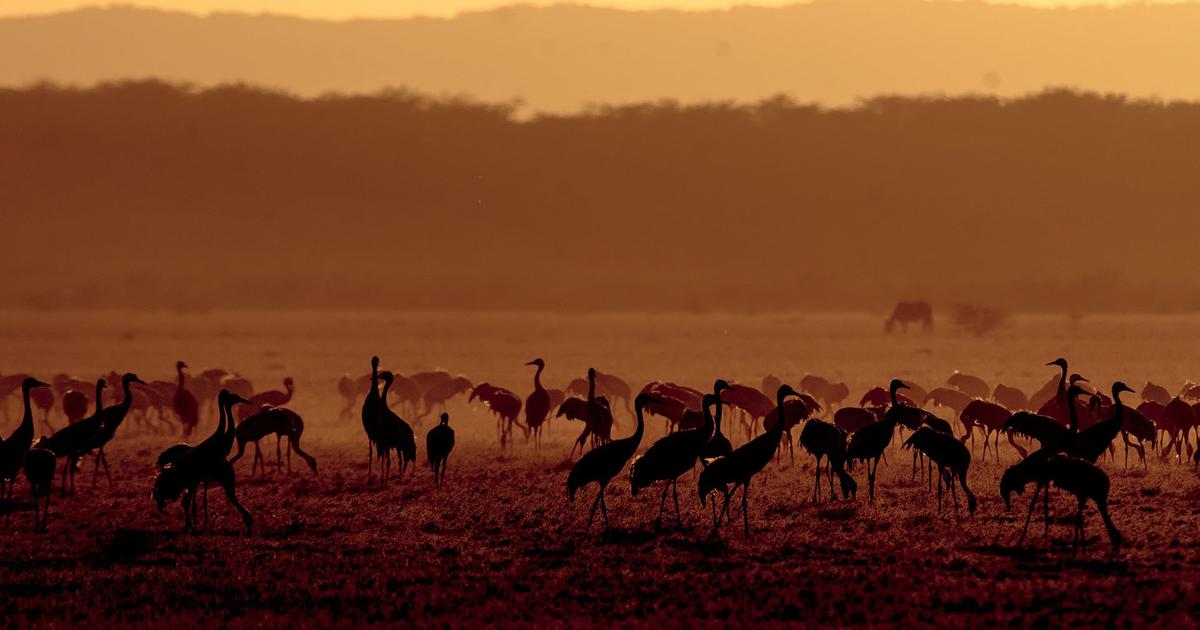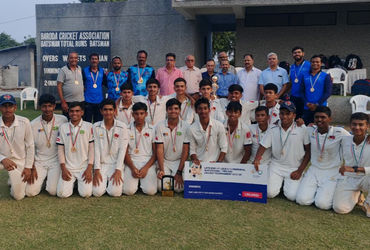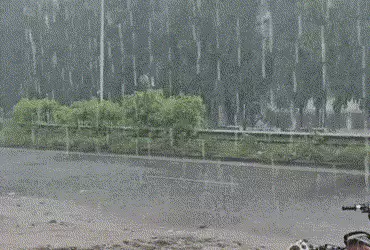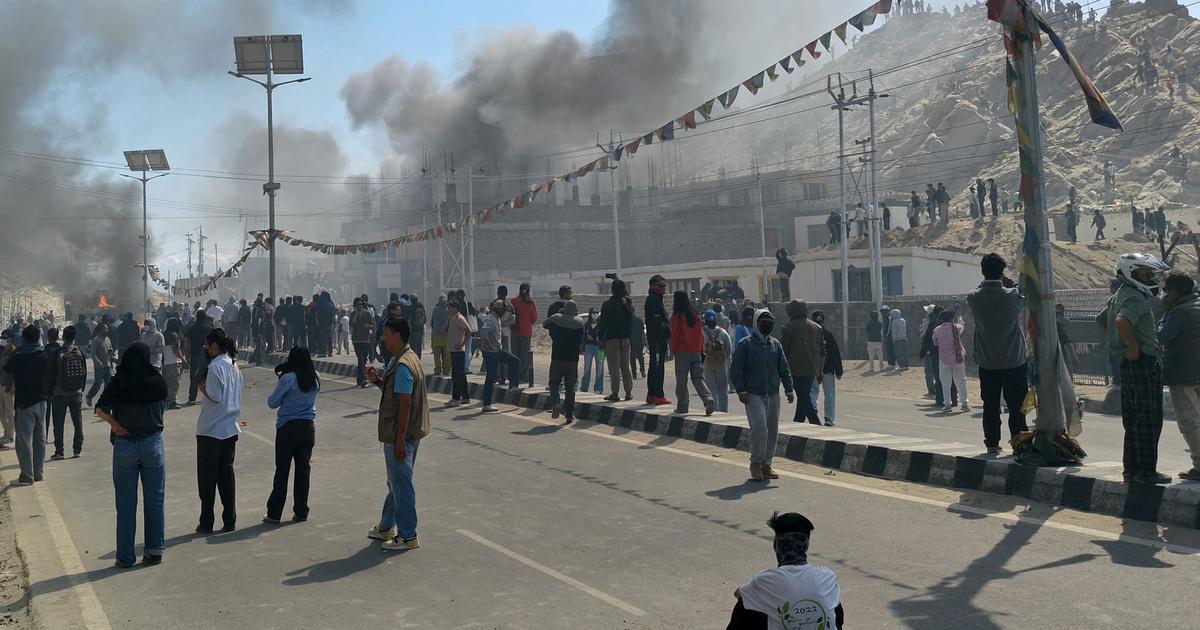The Banni grassland in Kutch is an effective carbon sink, finds study

Join our WhatsApp Community to receive travel deals, free stays, and special offers!
- Join Now -
Join our WhatsApp Community to receive travel deals, free stays, and special offers!
- Join Now -

The Banni grasslands in Gujarat have long captivated scientists for their variety of flora and fauna, including types of grass not commonly seen elsewhere. At 2,300 square kilometers, it is Asia’s largest tropical grassland and one of India’s most unique saline grassland-wetland ecosystems. Beneath this vast expanse lies a wealth of soil organic carbon, adding yet another dimension to the ecosystem’s complexity, a new study finds.
Unlike most other arid, semi-arid, or seasonally flooded savannas, the Banni grasslands have emerged from soils that are inherently saline.
“The Banni grasslands are a relatively new land formation, and the texture of the soil has to do with the deposition of sand from rivers across millennia,” said Chetan Misher, co-author of the study and a wildlife ecologist at the Wildlife Conservation Trust. The texture of the soil is fine, resembling the silt and clay in some parts, making it very dense. “The silt is compact, and for a long time was undisturbed,” he added.
The nature of soil in the Banni grasslands makes it ideal to store carbon – it was found to store 27.69 million tonnes of carbon, according to the study. For perspective, all of Gujarat was reported to have a soil organic carbon stock of 67 million tonnes, as per the...
Read more
What's Your Reaction?
 Like
0
Like
0
 Dislike
0
Dislike
0
 Love
0
Love
0
 Funny
0
Funny
0
 Angry
0
Angry
0
 Sad
0
Sad
0
 Wow
0
Wow
0























































